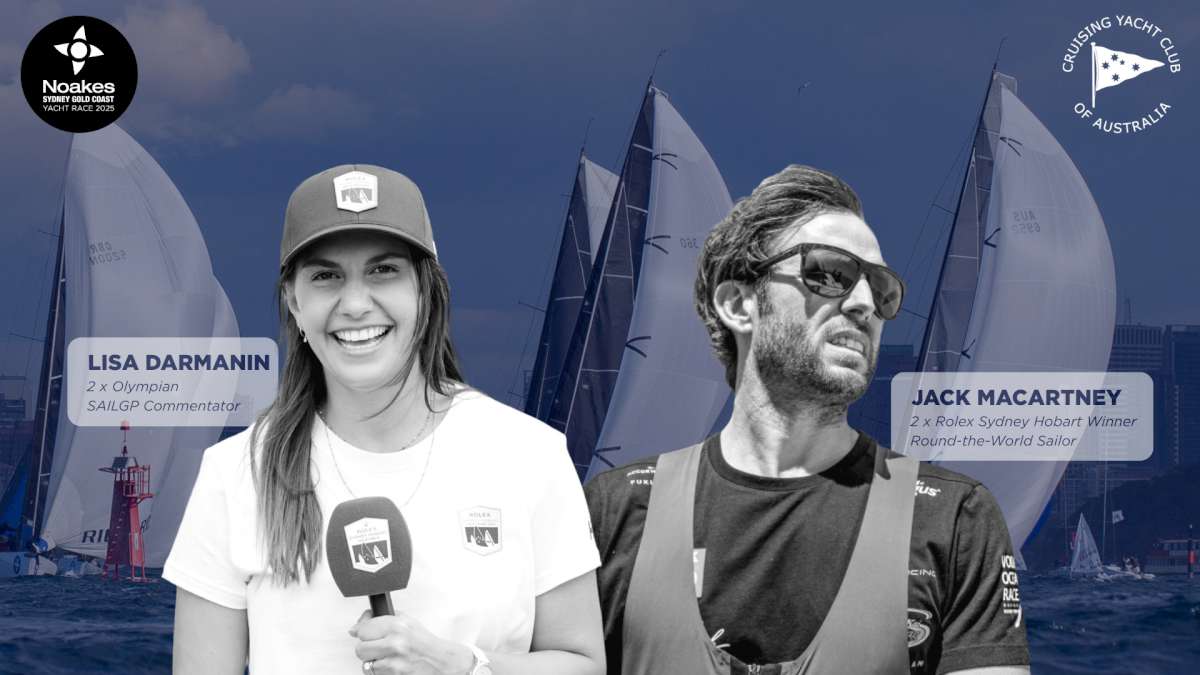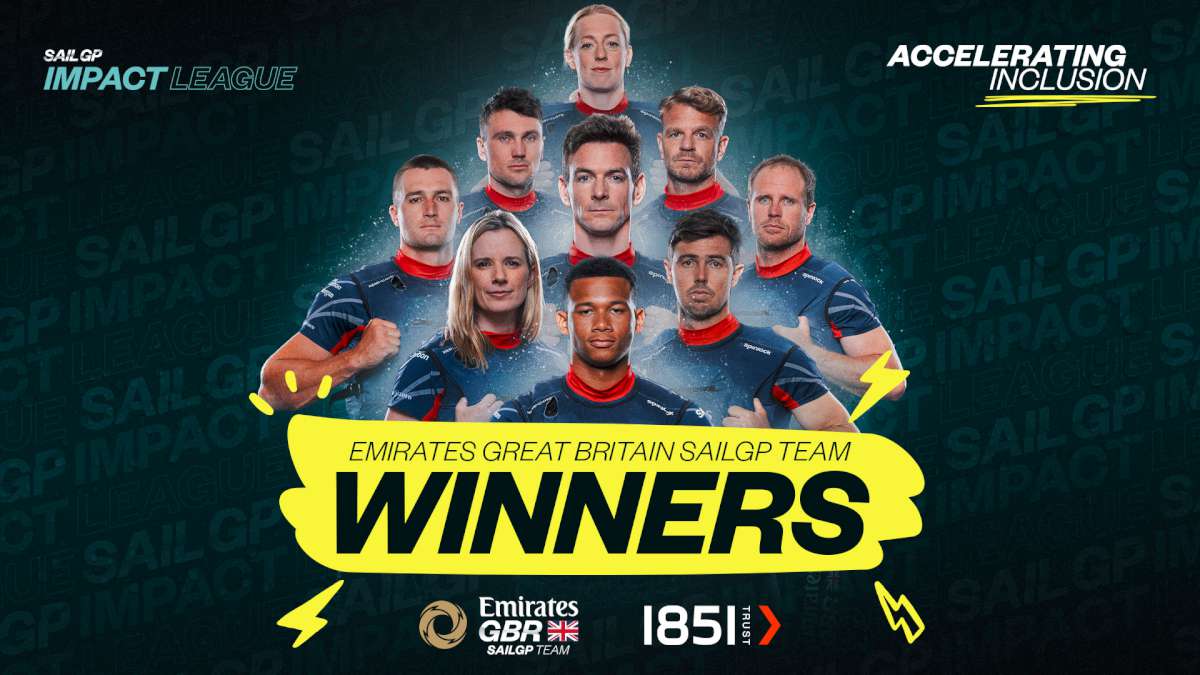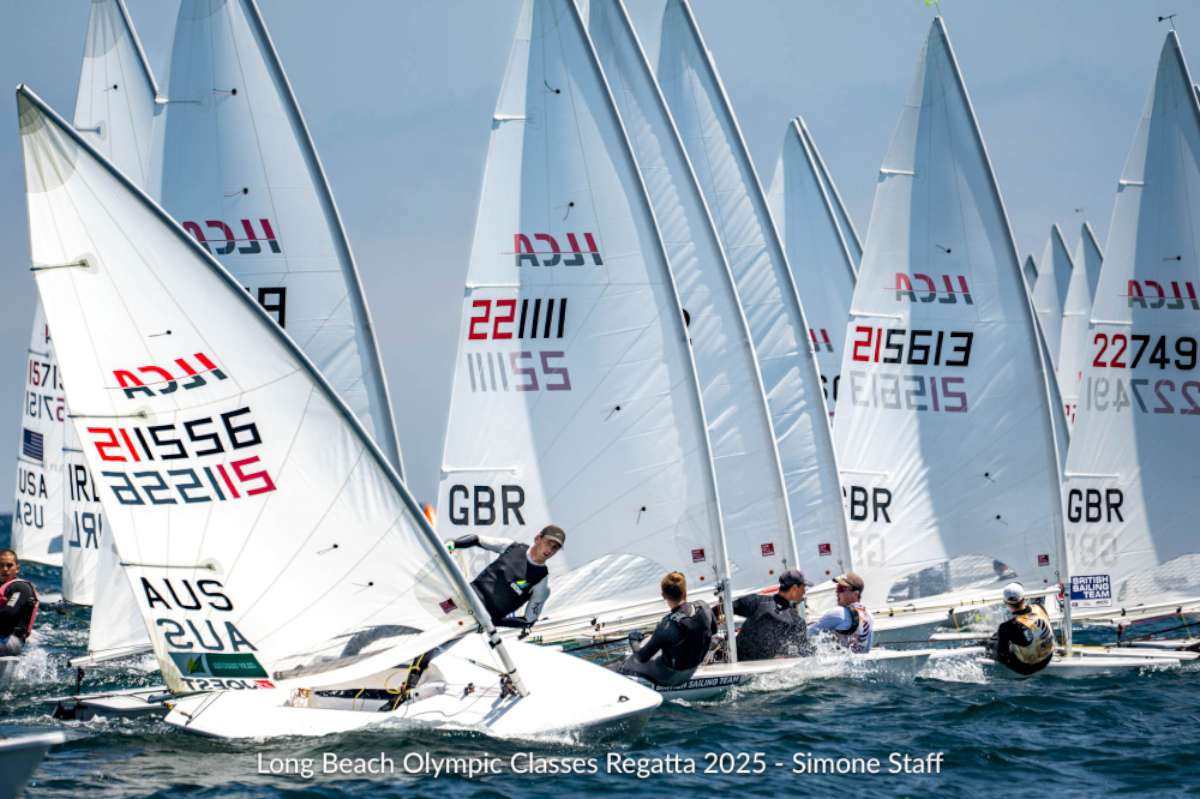Greece has not had good press lately and the Ionian Islands, as one of the more traditional cruising destinations, might seem a bit unexciting in our fast world of newer, further, better.
But, they are not Greece’s favorite cruising ground without reason. Beautiful bays, turquoise water, quaint tavernas, ouzo and moussaka.
This is the time to (re)visit the islands as the turmoil around the ancient country has scared sailors off. So berths are easier to get and prices low.
Historical context
The islands south of Corfu are at the best in spring and autumn when temperatures are pleasant and the anchorages empty, so we start our family cruise with three generations onboard in May. Our Swan 46 Senta is berthed in Gouvia Marina, Corfu.
Corfu has a special atmosphere, not quite Greek and that may be due to the strong British influence 150 years ago. In ancient times the island had been occupied by Corinthians, Romans and the Byzantine Empire.
The Venetians ruled it for hundreds of years in the Middle Ages, and in more modern times the British took it over from the French and ruled until 1864 when Corfu was given back
to the Greeks.
Let’s get going
Despite the tourists mainly from cruise liners at this time of the year, the capital Kerkyra, or Corfu Town, breathes history and is elegant and attractive. Two massive forts dominate the town silhouette and it is easy to get lost in the labyrinth of the old streets.
We climb up to the Neo Frourio built by the Venetians that has magnificent views over the harbour. The kids explore battlements, cellars and dungeons and we enjoy the coolness of the ancient building.
The old town is a maze and we fight our way through to a waterside restaurant, on the way picking up a traditional wooden honey twirler. Our first Greek meal of tsatsiki, grilled eggplant, haloumi and salad tastes delicious.
From Gouvia we sail in little wind to Paxos,
the beautiful bay of Lakka, where the boys get the Optimist dinghy into the water and everybody has a sail.
It is extremely peaceful in stunning surroundings, nothing but a few tavernas on the distant shore, so we decide to stay a day. The water is just warm enough to swim in comfort, and the kids snorkel around the boat watching the turtles on the sea bed.
Our next stop will be the tourist town of Levkas. We are up at 5am, I had researched the bridge times on the net and we just made it for the noon bridge opening.
The Levkas bridge is actually a ferry put in the gap between the island and mainland with cars and trucks driving over it, then it turns out of the gap to let us through, very inventive.
Levkas marina appears huge and empty, we go for an early meal in a taverna near the water and strike luck. The patron serves us a feast of typical Greek fare that is delicious.
The town is still in preseason mode and belongs to the locals. We get the laundry done, find post office and optician and buy lots of fresh food.
After a fuel stop in the morning we motor down the Levkas canal. Built around seventh century BC, through a lush, hilly landscape before high mountains.
On Onassis’ island Skorpios we can see some low buildings. I had just read the Greek shipping magnate’s biography, a thrilling tale, most of it sounding like a mafia crime story.
Senta stays the night in a little place called Spartochori on the island of Meganisi, allegedly many expat-Greeks have houses here. We have to anchor Med-style, backwards onto the quay for the first time, which does not go as well as hoped for. There is too much slack on the anchor chain and the boat hits the back of the jetty, the skipper is very unhappy!
Around the small harbour lies a pretty, tidy town with lots of summer houses. We walk up many steps to the quaint village above with a lovely church. The kids fish to no avail, we have steak and salad for dinner.
On to Odysseus’ island Ithaca in windy 25 knots on the ear, a great sail. We arrive in a harbour called Kioni. It feels much more sophisticated here than Montenegro, Croatia and Albania, countries we have visited before.
Business owners and waiters on the islands dislike the ramifications of politics devised in the capital, they know that any election result and following media hype is bad for their business. They consider Athens a world of its own. Restaurants are empty here, there are no German boats to be seen, but some English and Dutch yachts.
Rugged Ithaki, Odysseus’ legendary homeland, has yielded no substantial archaeological discoveries but it fits Homer’s description to perfection: “There are no tracks, no grasslands … it is a rocky, severe island, unsuited for homes, but not so wretched, despite its small size. It is good for goats.”
We set out in more than 30kts, later there is less wind. An English photographer on a chase boat takes photos of Senta sailing into the bay of Fiskardo on Kephalonia.
The back anchor manoeuvre works much better even though old Senta is hard to steer backwards. Three flotillas gather in this popular harbour with its many restaurants, but there is still lots of space on the dock.
In summer this place is hopping, we hear. Kevin, the yacht photographer, a former London policeman married to a Greek from Kephalonia, agrees to do another sailing photo shoot when we leave.
In Kephalonia we hire a small red car for the day and the four of us drive around the severe, mountainous landscape of the largest of the Ionian Islands for a day. All of Kephalonia’s towns and villages were destroyed in a 1953 earthquake.
The Kephalonians also have a legendary reputation for being eccentric with an insular pride and stubbornness. Unfortunately, we do not get to know anybody well enough to experience those quirks.
After a few kilometres drive we turn off to see the small village of Assos and its ruined fort out on an isthmus. The walking ramp up to the old fort is wide and smooth, the things European money can do, but the climb is endless and we give up before we get to the top.
From Assos John has to concentrate to drive steady on the steep, winding road up and down the mountain’s edge. We look down onto turquoise water and the long, sandy Myrtos beach that is considered one of the most dramatic beaches in the world. There is nobody else when John and the kids brave the cold surf.
The beach is made of small, white pebbles and sands their skin off. Soon we drive toward the Melissani Cave which is unlike any cave we have been in before. Partly submerged in water and with a broken roof the cave collects the sunlight and reflections from the dark water create a mysterious atmosphere. We board a little wooden boat rowed by a guide and spot bats, stalagmites and other tourists.
Back on the boat in the afternoon we feel we have gotten an insight into life on these islands.
The dinner at Vasso’s restaurant costs $73 Euros for the seven of us, which seems to be the amount we pay everywhere when we eat out including drinks, very reasonable.
We leave for the photo shoot in little wind. Kevin takes the kids to some caves in his speedboat, they come back glowing and happy from the experience.
Trizonia marina in the Gulf of Corinth sounds good in the pilot book, which also mentions a welcoming B&B host with showers and a bar. The book clearly needs an update, the B&B has burned down, the nice landlady has passed away. The whole place turns out a bizarre experience.
A fine marina in theory, but it has never been completed. The newish docks are almost derelict with broken glass and loose electrical wires on the walkway, at least nobody charges us to moor.
The marina has many abandoned boats, one ketch sunk right in the middle of the inner basin.
It would be a good place to start if one wanted to pick up an interesting project boat.
A late dinner at a fish restaurant with our table surrounded by stray cats comes to an astounding $81 Euros, eight more than usual, in this remote place.
With another flotilla on our heels and no wind we put the gearstick down and race to Galaxhidi, from where we want to visit the ancient ruins of Delphi. A while later the flotilla arrives.
The flotilla’s young Kiwi supervisor who zooms ahead on a small Swedish Maxi is a hero of patience. He does not blink an eyelid when one of his boats manages to motor in backwards perfectly. However, the man at the bow had not deployed the anchor. “We’ll just row it out on the dinghy,” their leader says stoically.
In a small hire car we drive through miles of olive groves up to Delphi, a great drive up the mountain with flowers blooming along the road. The ancient Greeks were not stupid, Delphi is located high, right under Mount Parnass and overlooks a vast valley. The gods had a fantastic view from here.
The museum, amongst the many sculptures and artefacts, displays the huge statues of Kleobis and Biton and the kids are surprisingly interested and like it. We manage a steep climb in the heat through the ruins and look at the amphitheatre and the well-preserved stadium.
A tasty lunch looking down onto Itea and Galaxhidi from a cliff-top restaurant tops an interesting day.
Through the canal
To Korfos on the other side of the Corinth canal it is 45 miles and we leave at crack of dawn with Western Australian boat Abrolhos.
The initial lack of wind is misleading. When we leave the sheltered bay, we see white-crested waves and Abrolhos soon rounds up. Senta is also a handful under No.3 jib and full main, so we put in a reef and furl the jib a few metres.
Skipper John gets completely soaked getting the reef in, the waves are huge. We are still going very fast in tops of 35kts of breeze, sometimes reaching over 10 knots boatspeed and have to hand steer which is hard work. John and I swap every ten minutes.
But the sun is shining, nobody is sick and we make fast progress toward the entrance of the Corinth Canal.
We are allowed into the waiting area and start motoring circles for a while. With several yachts waiting there is very little space and still over 30 knots of breeze.
We are the first yacht to be let into the canal behind a tourist boat. The canal is amazing, steep sand walls, often crumbling, a few high bridges above us, green water. The transit takes just 15 minutes.
The canal cuts the journey to Athens by around 150 miles and costs an impressive 250 Euros.
The formalities at the canal exit are not too painful. Soon we head for Korfos, a small town on the Peloponnese to the south of the canal, another 10 miles of speedy downwind sailing.
A restaurant owner waves us to his dock and we take the easy lines. My prepared filled peppers go into the fridge.
The whole family is tired after a hard day sailing. Our student help Dom has experienced his first real sailing day and admits it had been exciting and a bit scary.
We have dinner at our quay hosts George’s restaurant who had been a merchant seaman and makes Grandma giggle with his German. Lovely fish for 10 Euros each is a bargain, as fish is generally expensive in Greece.
After some school work we leave George and his wife to their cleaning of fish on the dock and sail from Korfos toward Poros, almost at the south eastern tip of this Peloponnese peninsula. We get the big jib up and sail leisurely for a while before the speed drops to under three knots and we motor the rest of the way.
Dom spots a dolphin while I concentrate on two high speed ferries, likely to Athens.
We motor past the picturesque Poros town promenade and head back to Russia Bay. The anchorage is peaceful with only a few other boats, and the kids, Dom and I go swimming straight away. The water has warmed up to maybe 20 degrees and Lizzie and I swim into a bay to watch a flock of cute goats hopping around the foreshore.
Next will be Athens, a very different world from peaceful rural Greece.
























